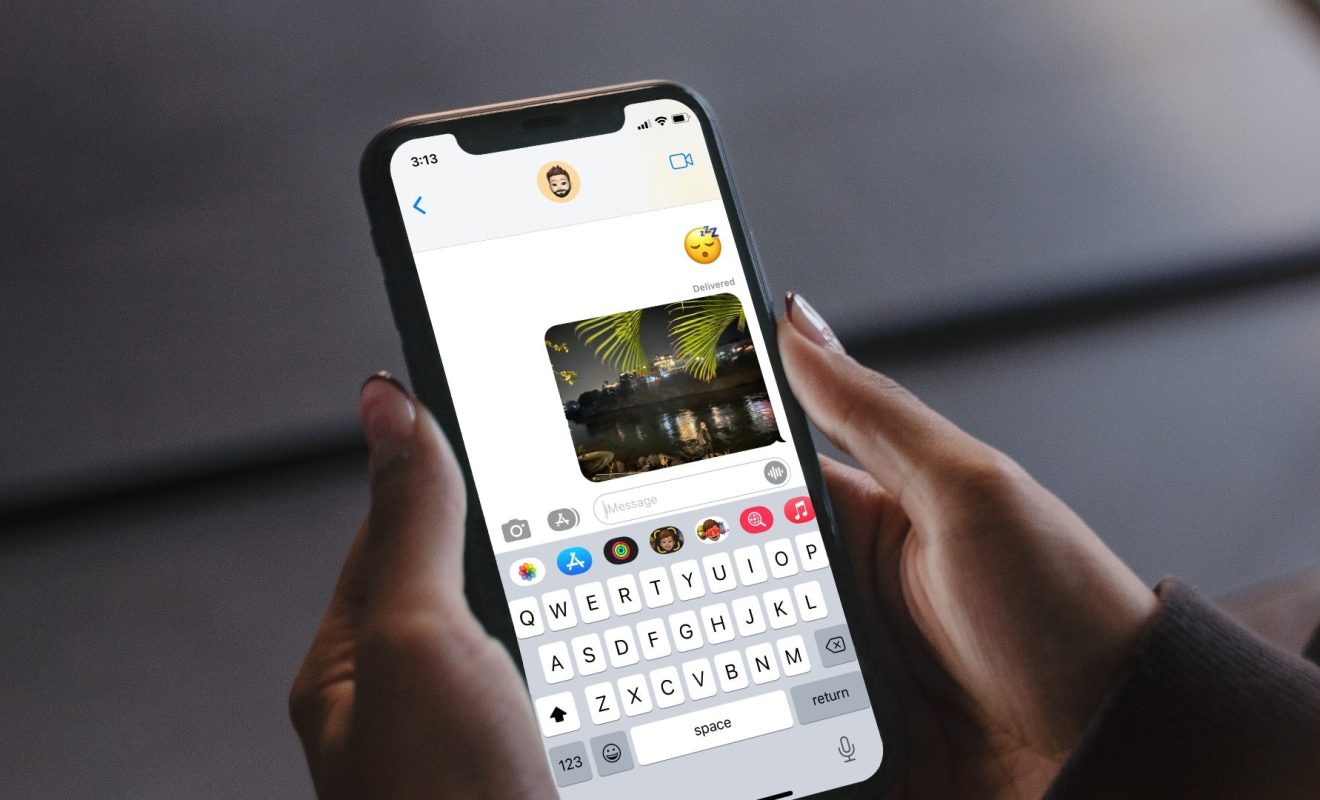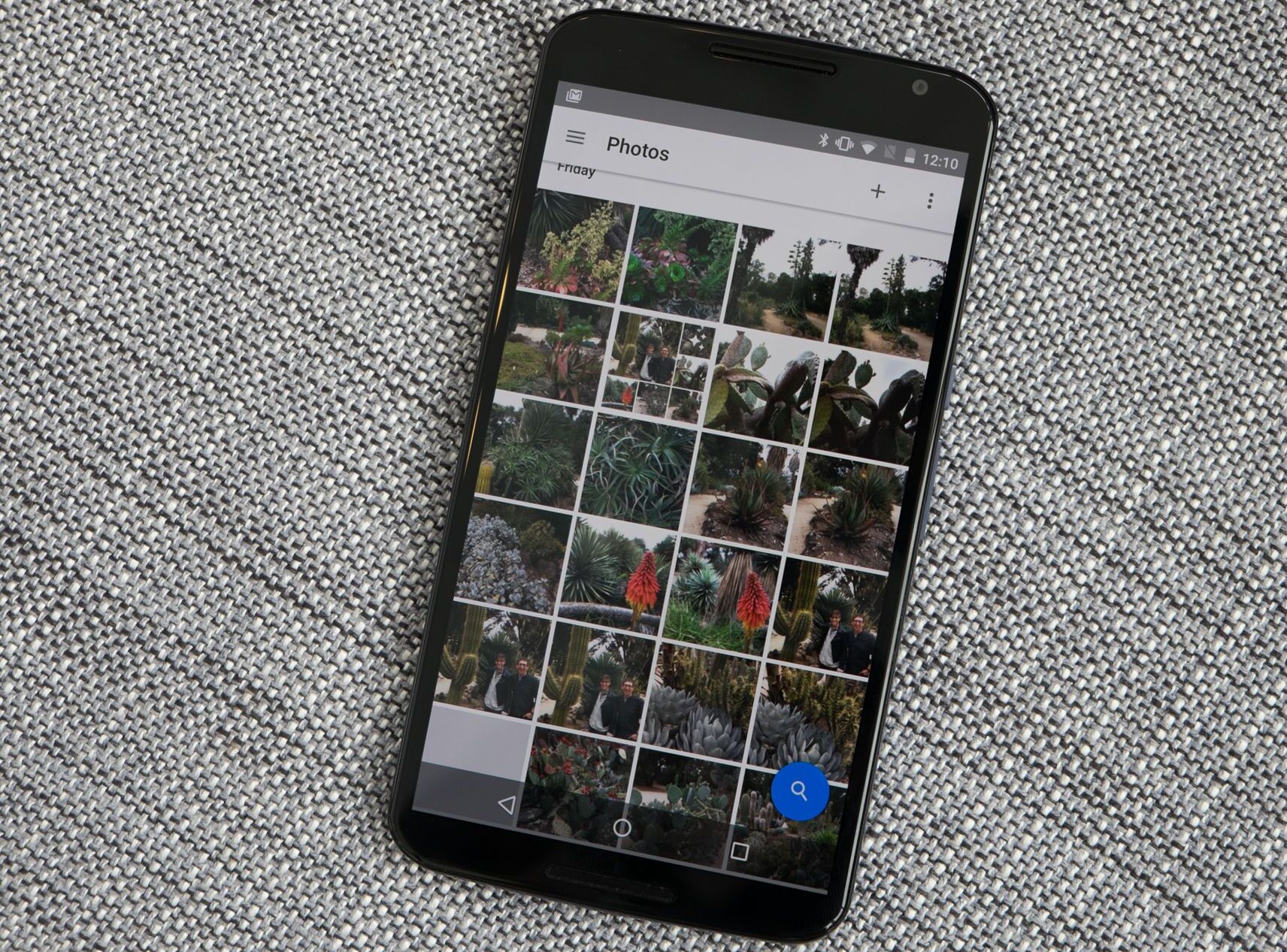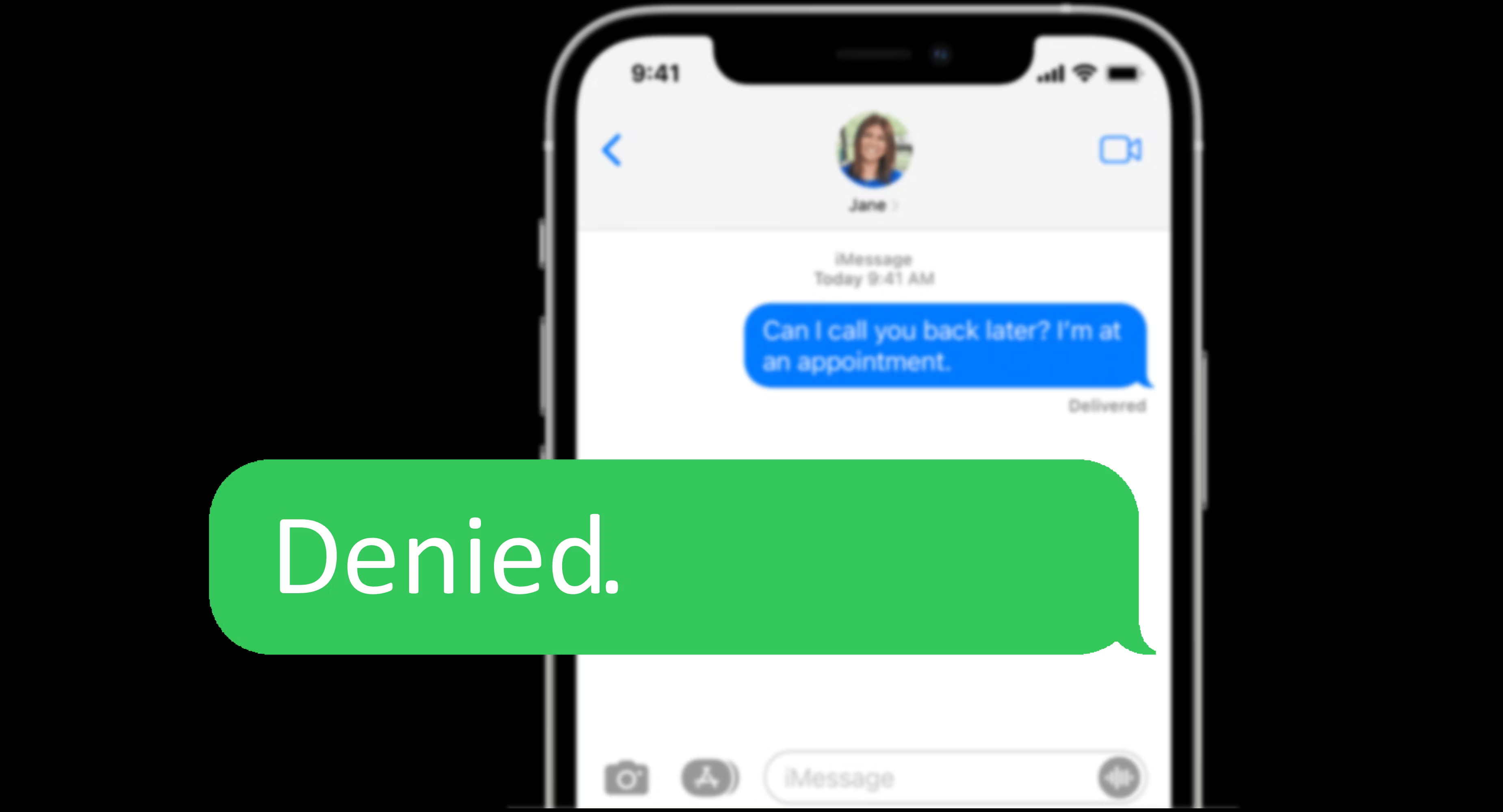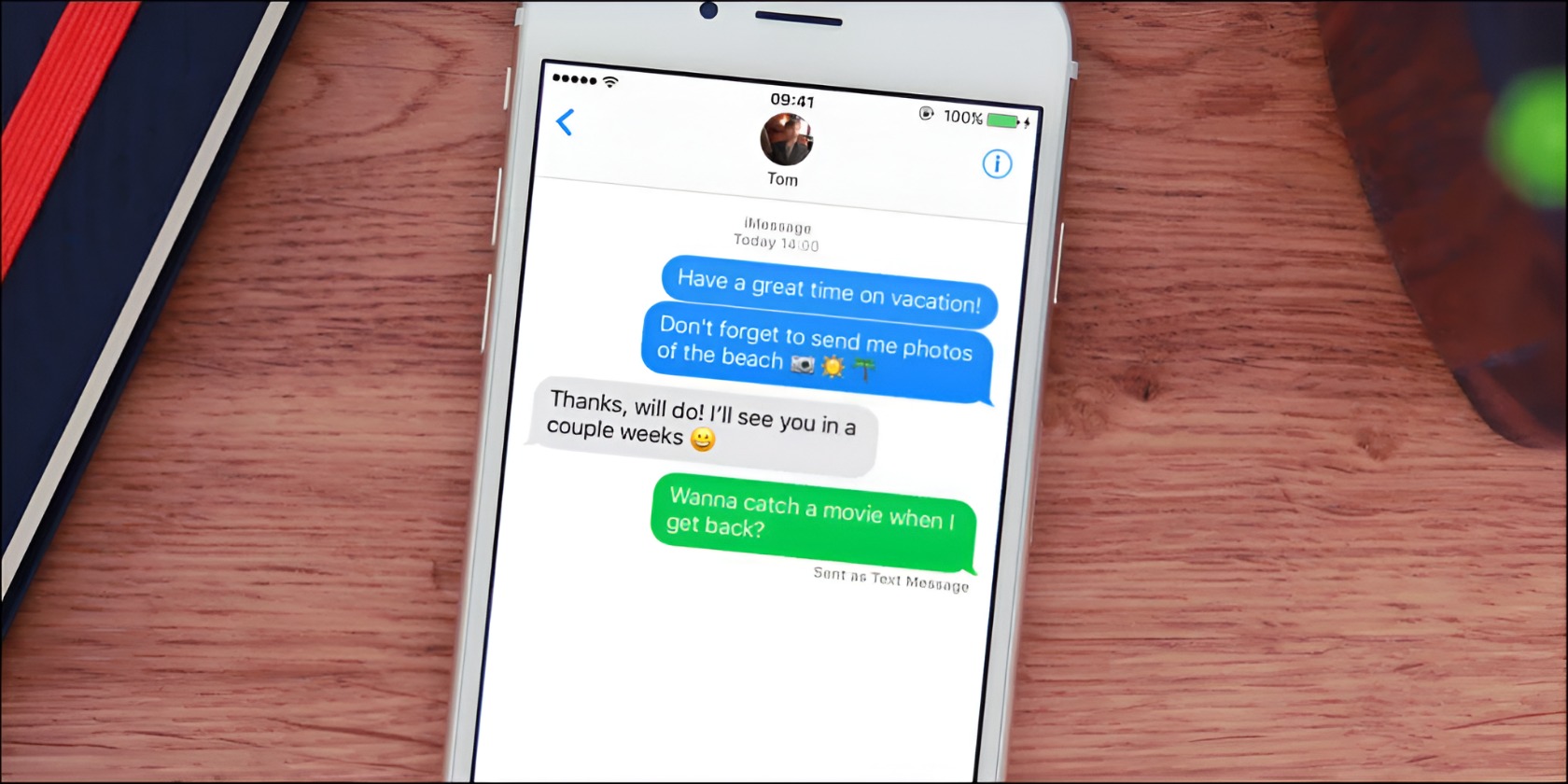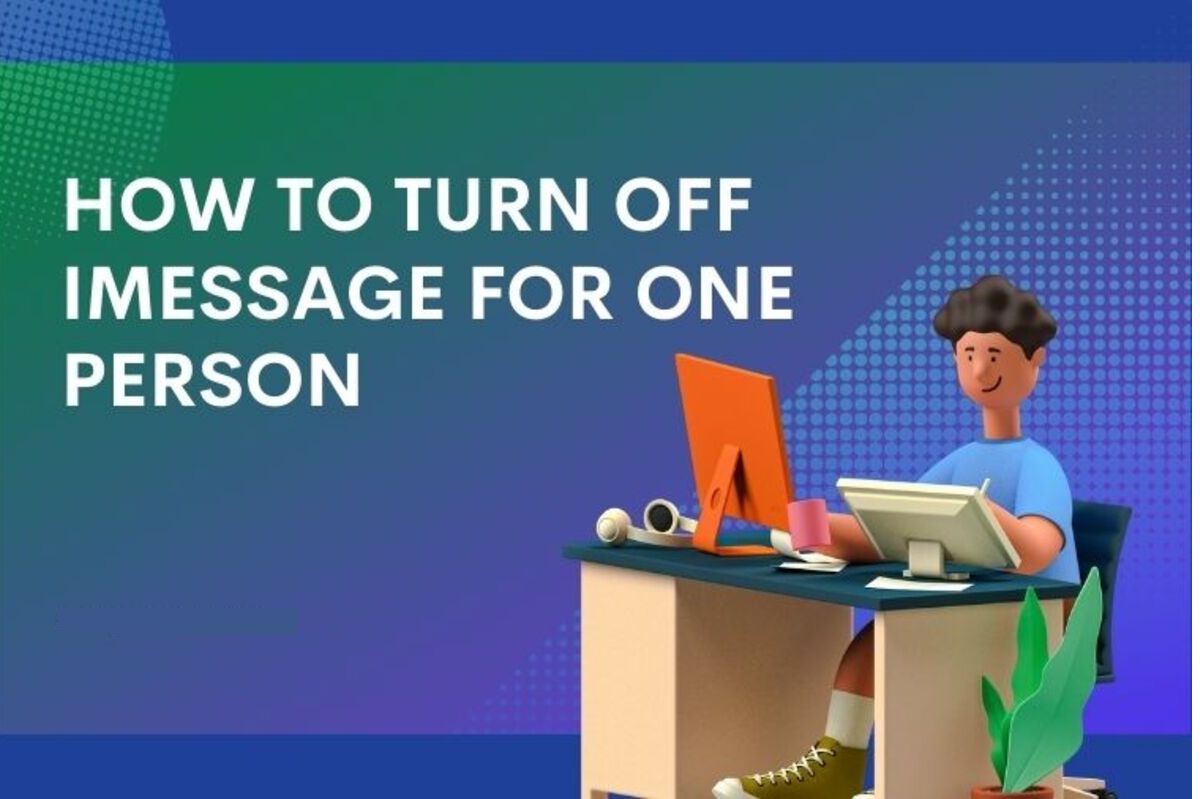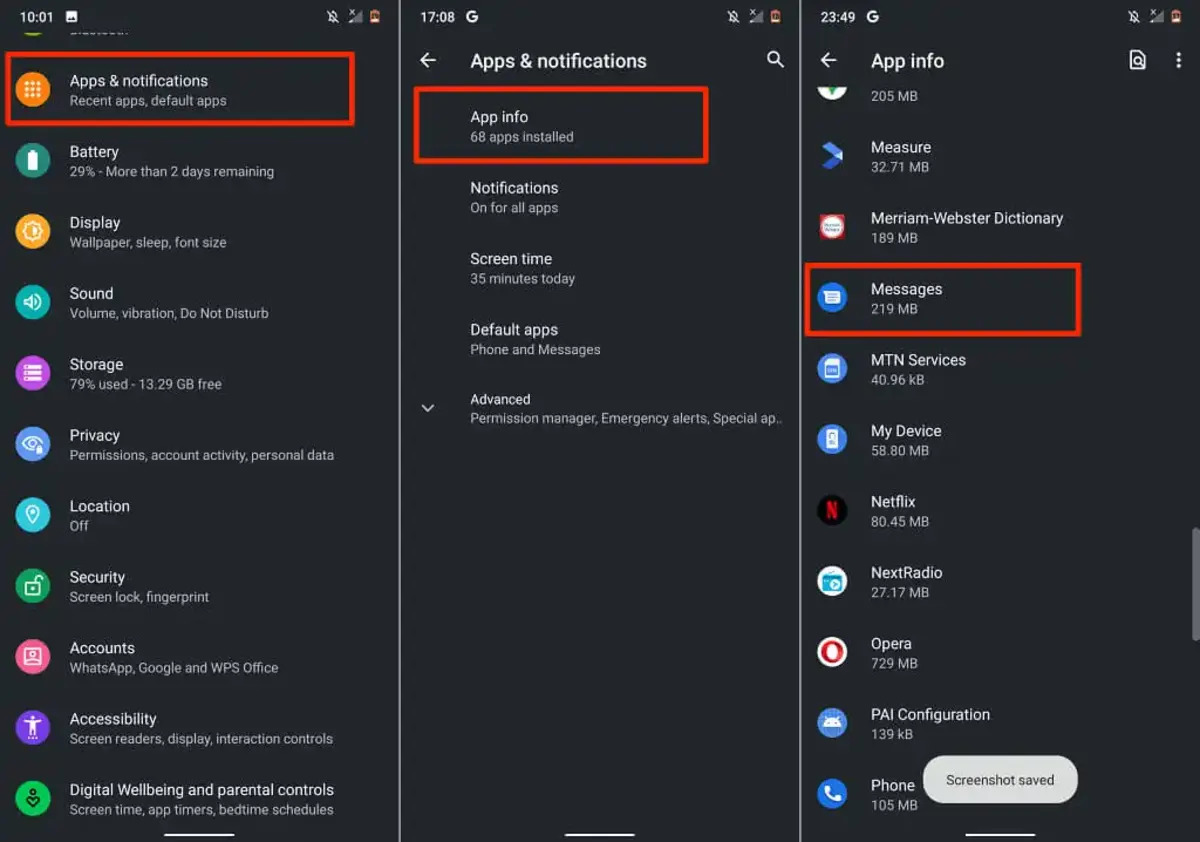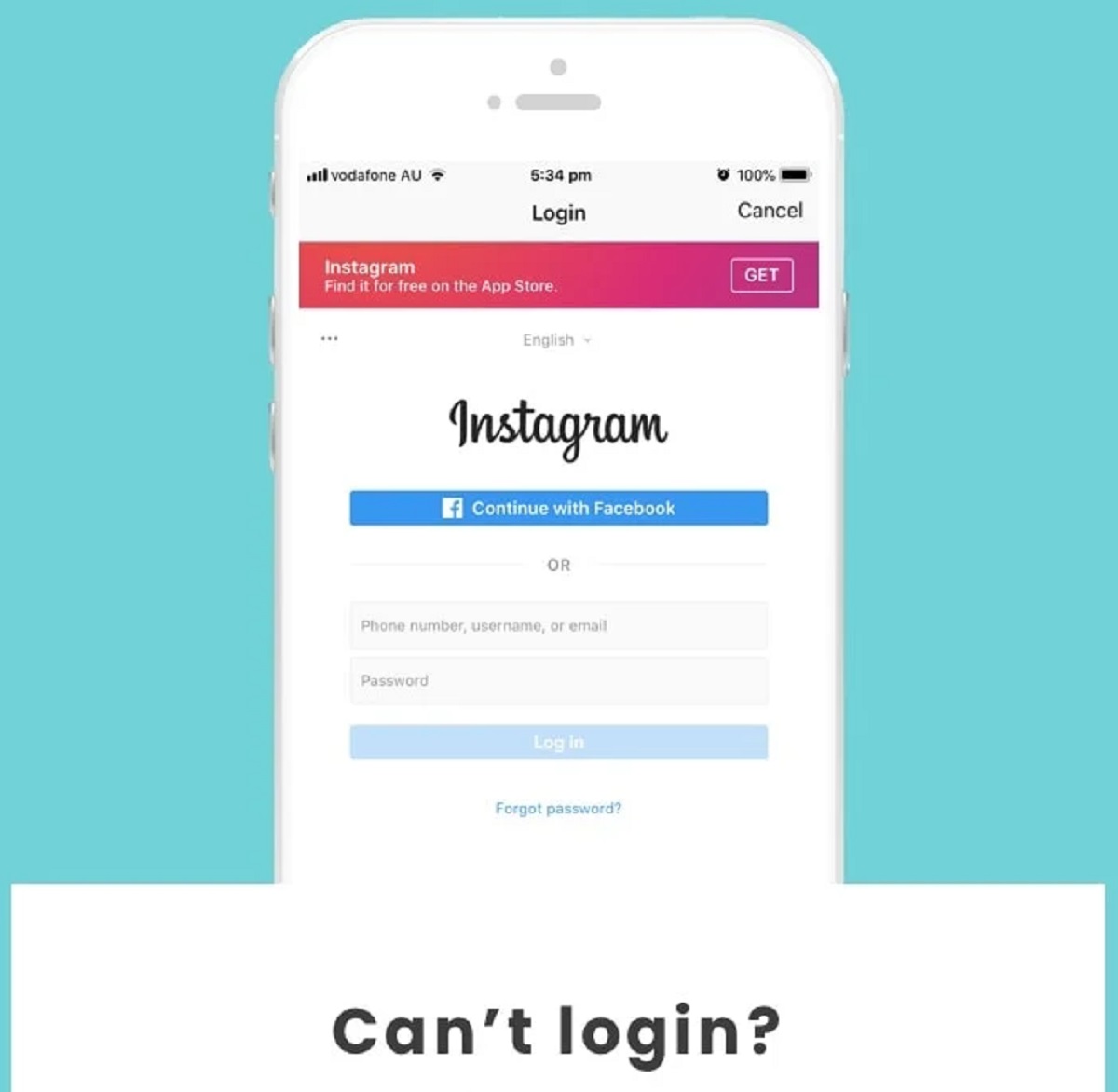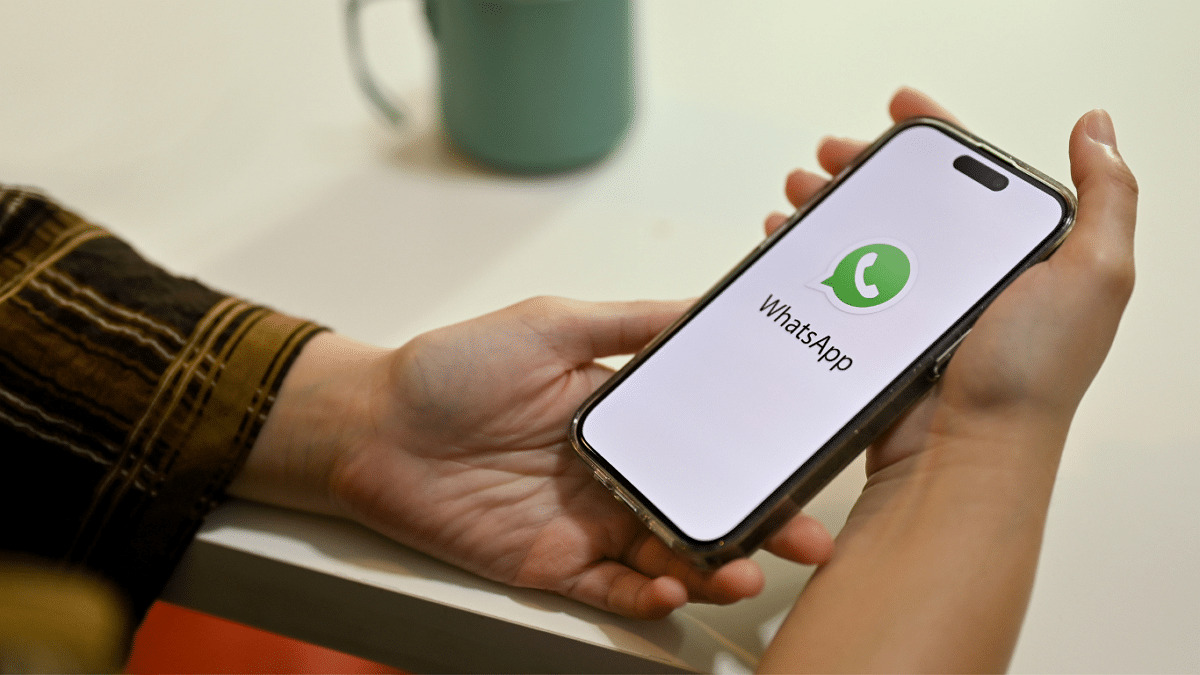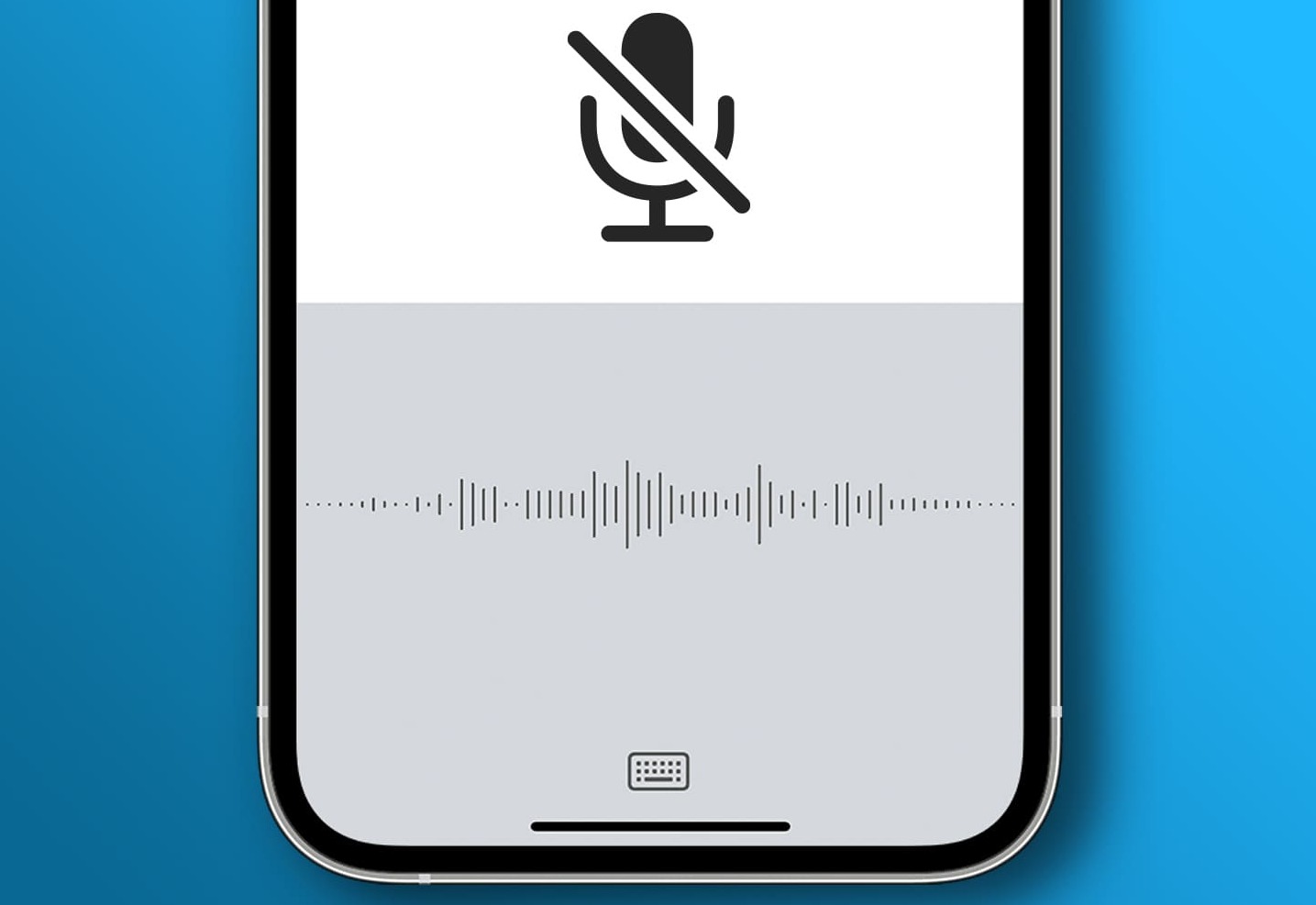Common reasons why you can’t send pictures from iPhone to Android
Sending pictures from an iPhone to an Android device should be as easy as sending a text message, but sometimes, you may encounter difficulties. Understanding the common reasons behind this issue can help you troubleshoot and find a solution. Here are some possible reasons why you can’t send pictures from your iPhone to an Android device:
- Incompatible file formats: One common reason is that the image file format is not compatible with the Android device. iPhones typically use the HEIC format for images, while Android devices often support JPEG or PNG formats. If you try to send an HEIC image to an Android device that doesn’t support it, the recipient won’t be able to view the picture.
- Size limitations: Another reason could be the size of the image you are trying to send. Some messaging apps or networks have limitations on the maximum file size allowed for sending pictures. If the image exceeds the limit, the sending process may fail.
- Network or connectivity issues: Unstable network connections or poor cellular reception can interfere with the transmission of pictures. If you have a weak signal or are in an area with limited connectivity, the images may not send successfully.
- Incompatible messaging apps: Certain messaging apps may not be compatible between iPhone and Android devices. If you and the recipient are using different messaging apps, there may be compatibility issues that prevent the picture from being delivered.
- Messaging app settings: Sometimes, the issue could be related to the settings within your messaging app. Make sure that the settings allow for the sending of multimedia files, including pictures. Check if there are any restrictions or limitations that may be preventing the transfer of images.
These are just a few common reasons why you may experience difficulties when trying to send pictures from an iPhone to an Android device. By understanding these potential causes, you can now work towards finding a solution. In the following sections, we will explore various solutions to help you overcome this issue and ensure smooth picture sharing between iPhone and Android.
Incompatible file formats: Understanding the issue
One of the common reasons why you may face difficulties when sending pictures from an iPhone to an Android device is due to incompatible file formats. iPhones typically use the HEIC (High Efficiency Image Format) format for images, while Android devices commonly support JPEG or PNG formats.
HEIC is an image file format that offers high-quality images with smaller file sizes, allowing you to save storage space on your iPhone. However, not all Android devices are compatible with this format, which can lead to issues when sending pictures between the two platforms.
When you attempt to send an HEIC image from your iPhone to an Android device that doesn’t support this format, the recipient may encounter difficulties in viewing the picture. They may receive an error message, or the image may appear distorted or not display at all.
To resolve this compatibility issue, you have a few options:
- Convert the image file format: The simplest solution is to convert the HEIC image to a compatible format like JPEG before sending it. There are several apps and online tools available that can help you convert the file format quickly and easily. Once converted, you can send the image to the Android device without any issues.
- Change the iPhone’s default image format: If you frequently encounter this issue, you can change the default image format on your iPhone from HEIC to JPEG. This can be done in the settings by navigating to “Settings” > “Camera” > “Formats” and selecting “Most Compatible” instead of “High Efficiency”. However, keep in mind that changing the default format may result in slightly larger file sizes.
By addressing the incompatible file format issue, you can ensure that the pictures you send from your iPhone can be seamlessly viewed on Android devices. Now that you have a clearer understanding of this issue, let’s explore the solutions in the next section to help you overcome any further obstacles encountered when trying to send pictures from iPhone to Android.
Solution 1: Convert the image file format
If you are facing difficulties sending pictures from your iPhone to an Android device due to incompatible file formats, converting the image file format can help resolve the issue. Here’s how you can do it:
1. Choose an image conversion tool: There are various image conversion tools available online and in the app store. Look for reliable and user-friendly options that support converting HEIC files to JPEG or PNG formats.
2. Upload and convert the image: Once you have chosen an image conversion tool, upload the HEIC image you want to send from your iPhone. Follow the instructions provided by the tool to convert the image to a compatible format like JPEG.
3. Download the converted image: After the conversion is complete, you can download the converted image to your iPhone. The converted image will now be in a format that can be easily viewed and received by the Android device.
4. Send the converted image: Now that you have the converted image, you can share it with the recipient using your preferred messaging app or email. The Android device should be able to receive and view the image without any compatibility issues.
Converting the image file format is a straightforward solution to ensure compatibility between iPhone and Android devices. However, keep in mind that converting the format may result in a slightly larger file size, which could affect the speed of sending and receiving the image, especially with slower internet connections.
By using this solution, you can overcome the incompatibility issues caused by different file formats, allowing you to easily share pictures from your iPhone to an Android device. Now that you know how to convert the image file format, let’s explore more solutions in the next section to troubleshoot any other potential obstacles.
Solution 2: Use a file-sharing service or cloud storage
If you’re unable to send pictures from your iPhone to an Android device due to compatibility issues, using a file-sharing service or cloud storage can help you overcome this obstacle. Here’s how you can use this solution:
1. Choose a file-sharing service or cloud storage provider: There are various options available such as Google Drive, Dropbox, iCloud, or OneDrive. Select a service that both you and the recipient have access to.
2. Upload the picture to the file-sharing service: Open the file-sharing app or website on your iPhone and upload the picture you want to send. Follow the instructions provided by the service to complete the upload successfully.
3. Share the picture with the recipient: Once the picture is uploaded, you can share it with the recipient by generating a shareable link or by providing their email address. The recipient can then access the picture using the link or through their account on the same file-sharing service.
4. Notify the recipient: Let the recipient know that you have shared the picture with them and provide them with any necessary login credentials or instructions for accessing the file-sharing service. They can then download the picture to their Android device.
Using a file-sharing service or cloud storage bypasses the compatibility issue between iPhone and Android devices by providing a platform where both platforms can access files seamlessly. This solution also allows you to share multiple pictures or larger files, as file-sharing services often have higher file size limits compared to messaging apps.
Keep in mind that sharing pictures through a file-sharing service may require an internet connection, and the recipient will need sufficient storage space on their device to download and save the picture. Additionally, some file-sharing services may compress the image quality, so it’s a good idea to choose a service that preserves the image quality to ensure the best viewing experience for the recipient.
By utilizing a file-sharing service or cloud storage, you can securely share pictures between your iPhone and an Android device without worrying about compatibility issues. Now that you know how to use this solution, let’s explore more options in the next section to troubleshoot any further obstacles you may encounter.
Solution 3: Check your messaging app settings
If you’re unable to send pictures from your iPhone to an Android device, it’s worth checking the settings of your messaging app to ensure that multimedia file sharing is enabled. Here is how you can check and adjust the messaging app settings:
1. Open your messaging app: Launch the messaging app on your iPhone, which you use to send text messages or multimedia files.
2. Access the settings: Look for the settings or options menu within the messaging app. The exact location of the settings may vary depending on the app you’re using. Typically, you can find it by tapping on the three dots or gear icon in the top-right corner of the app.
3. Enable multimedia file sharing: Once you’re in the settings menu, look for the option related to multimedia or picture sharing. Ensure that the toggle or checkbox is turned on to enable the sending of pictures.
4. Adjust other relevant settings: While in the messaging app settings, it’s a good idea to review other relevant settings related to data usage, network preferences, or restrictions on file sizes. Make sure that these settings are properly configured and aligned with your requirements.
5. Restart the messaging app: After making any changes to the settings, it’s recommended to close and restart the messaging app to ensure that the settings take effect. Close the app from the app switcher or restart your device if necessary.
By checking and adjusting the messaging app settings, you can ensure that the necessary permissions and settings are in place for sending pictures. It is possible that an accidental setting change or limitations within the app were causing the issue, and this solution can help resolve it.
If you are still unable to send pictures after adjusting the messaging app settings, consider trying alternative messaging apps that are compatible with both iPhone and Android. This can help you overcome any compatibility or limitations imposed by the default messaging app on your iPhone.
Now that you know how to check the messaging app settings, let’s explore additional solutions in the next section to troubleshoot any further obstacles you may encounter when sending pictures from iPhone to Android.
Solution 4: Use a third-party messaging app
If you’re experiencing difficulties sending pictures from your iPhone to an Android device using the default messaging app, using a third-party messaging app can help overcome compatibility issues. Here’s how you can use this solution:
1. Research and choose a compatible messaging app: Look for messaging apps that are available on both iPhone and Android devices and are known for seamless picture sharing capabilities. Some popular options include WhatsApp, Facebook Messenger, or Google Hangouts.
2. Install the messaging app: Download and install the chosen messaging app from the App Store on your iPhone. Make sure to follow the app’s setup instructions and register for an account if required.
3. Invite the recipient to install the app: To send pictures to an Android user, ensure that the recipient also installs the same messaging app on their device. Send them an invitation or guide them through the installation process if needed.
4. Add the recipient as a contact: Once both you and the recipient have the messaging app installed, add each other as contacts within the app. You can usually do this by searching for their phone number or username and sending a friend request.
5. Send pictures through the messaging app: Open the messaging app and select the option to start a new conversation. Choose the recipient’s name or username, and attach the pictures you want to send. The pictures should now be sent successfully to the Android device.
Using a third-party messaging app can often bypass any compatibility issues that may exist between the default messaging apps on iPhone and Android devices. These apps are specifically designed to work across different platforms and offer more robust features for sharing pictures, videos, and other media files.
Remember that both you and the recipient need to have the same messaging app installed for this solution to work effectively. Communication through the third-party app may require an internet connection, either through Wi-Fi or cellular data.
By using a third-party messaging app, you can enjoy seamless picture sharing capabilities between your iPhone and an Android device. Now that you know how to utilize this solution, let’s explore more options in the next section to troubleshoot any further obstacles you may encounter when sending pictures.
Solution 5: Ensure your network connection is stable
Having a stable network connection is crucial when sending pictures from your iPhone to an Android device. Unstable or weak connections can disrupt the transmission and prevent successful delivery of the pictures. Follow these steps to ensure a stable network connection:
1. Check your Wi-Fi or cellular connection: Verify that your iPhone is connected to a reliable Wi-Fi network or that you have a strong cellular signal. Weak or intermittent connections can cause interruptions during file transfers.
2. Move closer to the Wi-Fi router or access point: If you’re using Wi-Fi, make sure you’re within range of the router or access point. Physical obstructions like walls or distance from the router can weaken the signal, resulting in a less stable connection.
3. Restart your router or modem: Power cycling your router or modem can help resolve temporary network issues. Simply unplug the power source, wait for a few seconds, and then plug it back in. Allow the device to restart and establish a fresh connection.
4. Disable and re-enable Wi-Fi or cellular data: Sometimes, toggling Wi-Fi or cellular data off and then back on can help establish a more stable connection. Go to your device’s settings and turn off Wi-Fi or cellular data for a few seconds before turning it back on.
5. Test your connection speed: Use a reliable internet speed test tool or app to check the speed of your Wi-Fi or cellular connection. Slow connection speeds can cause delays or failures when sending pictures. If the speed is consistently poor, contact your internet service provider for assistance.
By ensuring a stable network connection, you can improve the success rate of sending pictures from your iPhone to an Android device. However, keep in mind that certain messaging apps may have file size limits, so if you’re sending large pictures or multiple images, you may need to consider alternative solutions like using a file-sharing service or cloud storage.
If you’re still experiencing issues after confirming a stable network connection, continue to explore the next section for additional solutions to troubleshoot and overcome obstacles when sending pictures from iPhone to Android.
Solution 6: Restart your devices
When you encounter difficulties sending pictures from your iPhone to an Android device, a simple solution that often works is to restart both devices. Restarting can help resolve minor software glitches or conflicts and refresh the devices’ systems for smoother operation. Here’s how you can restart your devices:
1. Restart your iPhone: Press and hold the power button (located on the side or top of your iPhone) until the power off slider appears. Slide the slider to power off your iPhone. Wait for a few seconds, then press and hold the power button again until the Apple logo appears, indicating that your iPhone is restarting.
2. Restart the Android device: Depending on the Android device, you can usually restart it by pressing and holding the power button until a menu appears. Select the “Restart” option from the menu, and the device will power off and then automatically power back on.
3. Wait for both devices to restart fully: Allow both devices to complete the restart process before attempting to send the pictures again. This ensures that any temporary issues or conflicts are resolved, and both devices start with a clean slate.
Restarting your devices can help in various ways, such as refreshing the network connection, clearing temporary cache or memory issues, and resetting the messaging app or other relevant system components. This often resolves minor software glitches or conflicts that may have been causing problems when sending pictures.
If the issue persists after restarting, consider trying other solutions mentioned earlier or contacting technical support for further assistance.
Now that you’ve restarted both devices, let’s explore more solutions in the next section to troubleshoot any further obstacles you may encounter when sending pictures from iPhone to Android.
Solution 7: Update your phone’s software
If you’re having difficulty sending pictures from your iPhone to an Android device, it’s important to ensure that your phone’s software is up to date. Regular software updates often include bug fixes, performance improvements, and enhanced compatibility with other devices. Here’s how you can update your phone’s software:
1. Check for updates: On your iPhone, go to “Settings” and tap on “General.” Then, select “Software Update.” Your phone will check for any available updates.
2. Install the update: If a software update is available, you’ll see the option to “Download and Install.” Tap on it and follow the on-screen instructions to download and install the update. Make sure your iPhone is connected to Wi-Fi and has sufficient battery life or is plugged in during the update process.
3. Restart your phone: After the update is installed, it’s a good idea to restart your iPhone to ensure that the changes take effect. Simply press and hold the power button until the “Slide to Power Off” slider appears, then slide to power off. Wait a few seconds, then press and hold the power button again to turn your iPhone back on.
Updating your phone’s software is essential as it ensures that you have the latest features, security patches, and improvements. This can help resolve any compatibility issues or software-related bugs that may be causing problems when sending pictures to an Android device.
If your iPhone is already up to date but you’re still experiencing issues, it’s recommended to proceed with other troubleshooting solutions mentioned earlier or consult technical support for further assistance.
Now that you’ve updated your phone’s software, let’s explore more solutions in the next section to troubleshoot any further obstacles you may encounter when sending pictures from iPhone to Android.
Conclusion
Sending pictures from an iPhone to an Android device should be a seamless process, but compatibility issues can sometimes arise. In this article, we explored several solutions to help overcome obstacles and ensure successful picture sharing between the two platforms.
We discussed the common reasons why you may face difficulties when sending pictures from your iPhone to an Android device, such as incompatible file formats, size limitations, network connectivity issues, incompatible messaging apps, and messaging app settings. We also provided step-by-step instructions for various solutions, including converting image file formats, using file-sharing services or cloud storage, checking messaging app settings, using third-party messaging apps, ensuring a stable network connection, restarting your devices, and updating your phone’s software.
By understanding these solutions and implementing them accordingly, you can troubleshoot and overcome the obstacles that prevent you from sending pictures successfully. It may require trying different solutions or a combination of them based on your specific situation.
Remember to always ensure the recipient’s device is also compatible and properly set up to receive the pictures. Additionally, consider the file size and network conditions when attempting to send large images or multiple files.
If you’ve gone through all the solutions and the issue still persists, consider seeking technical support from the respective device manufacturers or messaging app providers to help diagnose and resolve the problem.
With the right approach and troubleshooting methods, you can enjoy seamless picture sharing between your iPhone and an Android device, connecting and sharing memories effortlessly.







